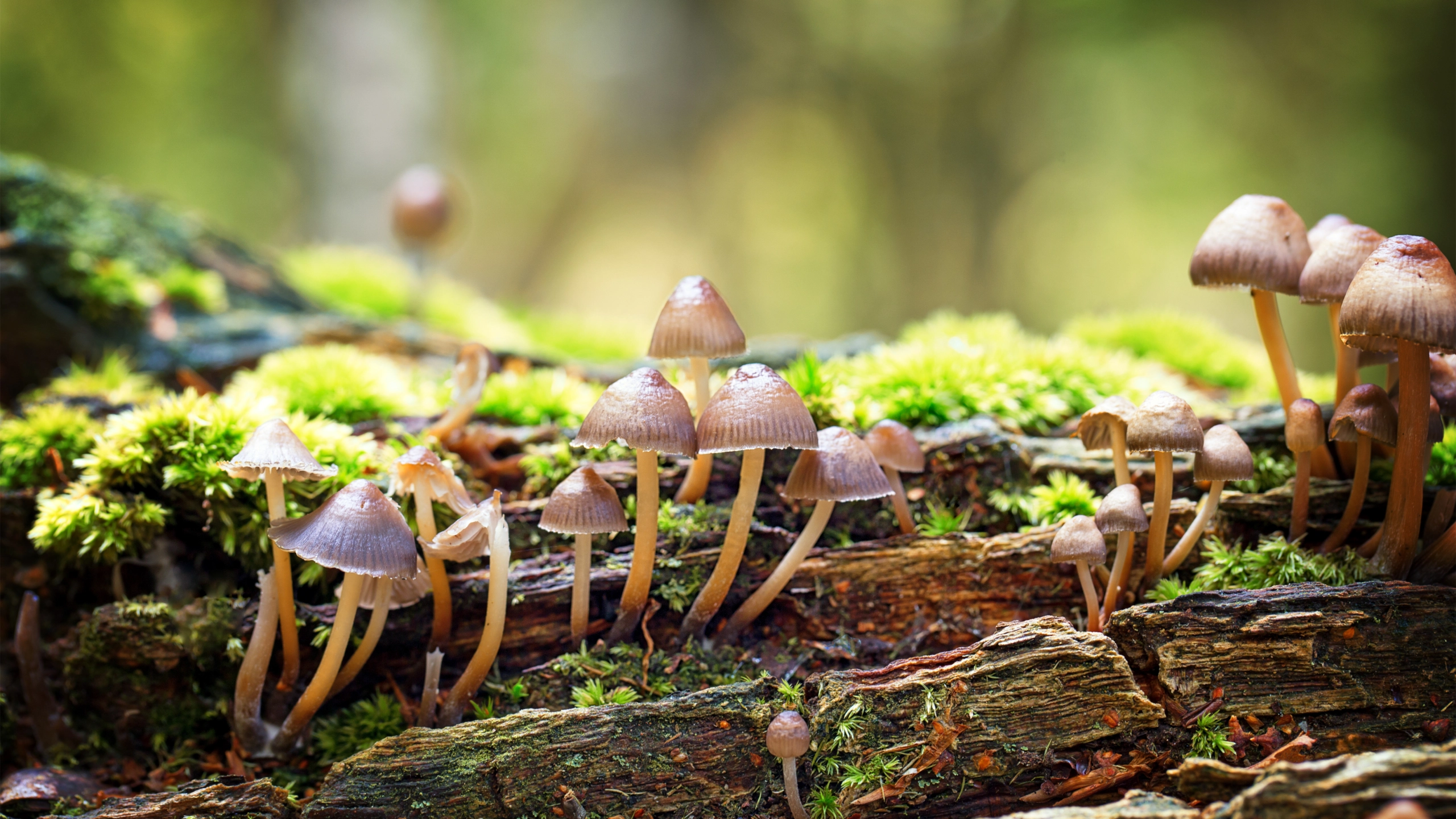By: David He
Fungal networks can lower the amount of carbon dioxide in the atmosphere. If scientists can study them and further understand how to use them, the fungal plants could have a significant impact on how to save our damaged Earth.
According to the website “Nature,” when plants from the ocean started to creep onto land around 400-500 million years ago, they had to develop fungal networks for the plants to survive. However, the fungal networks lowered the amount of carbon dioxide in the atmosphere by about 90 percent, setting the conditions for life to exist on Earth.
If scientists like Katie Field, a professor studying biology at the University of Sheffield, can learn how to use these fungal networks to clean our atmosphere effectively, this could be important because humans nowadays are releasing a ton of carbon emissions into the atmosphere through everyday activities, such as driving a gas car, so if scientists can learn how to utilize these fungal networks, the fungal networks could heavily clean out the atmosphere of a lot of carbon dioxide.
“[Fungi] represent a blind spot in carbon modeling, conservation, and restoration,” Field said.
Because of scientists’ advancing technology and new research, they have discovered several properties of fungi. Fungal networks represent one of the earliest and basic forms of the principles of ecology, the relationship between organisms and life forms.
A “network” has become a common concept in many subjects, such as computer science and economics. Fungi use several powerful networks underground to stay alive and provide uses.
One reason studying fungal networks has grown a lot and become a big part of ecological thinking is that many fungi have many uses. For example, scientists can use some types of fungi to break down toxic bacteria and provide antiviral compounds. In a study with several researchers led by Raymond St. Leger, a professor of entomology at the University of Maryland, it was discovered that the fungus Metarhizium robertsii could remove toxic mercury from the soil around plant roots.
“This project,…, found that Metarhizium stops plants from taking up mercury,” St. Leger said. “Despite being planted in polluted soil, the plant grows normally and is edible.”
Also, not to mention the sense of urgency that many scientists have nowadays about global warming and the atmosphere. We don’t have much information on these fungal networks, and hardly enough to fully utilize them to clean our atmosphere.
Fungi are a big part of life on Earth, and it has often been neglected, but now that more research and study have been conducted on these life forms, we finally see their networks’ immense uses and complexity.
Link to article: https://www.nytimes.com/2023/06/24/climate/fungi-merlin-sheldrake-climate-change.html











